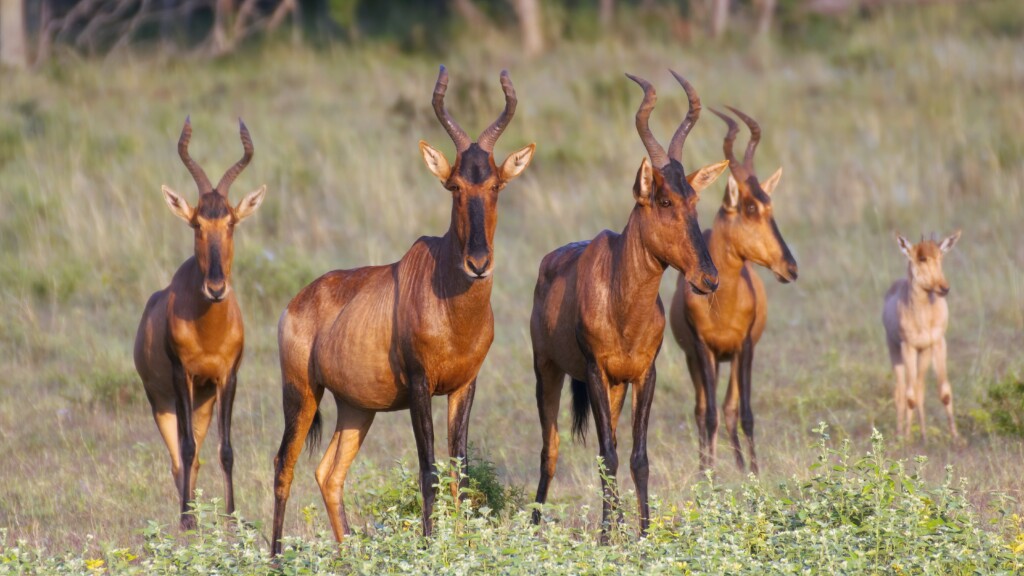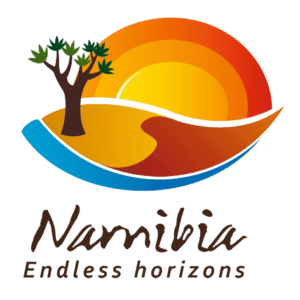Towering sandstone cliffs, dinosaur footprints, mysterious rock engravings and some of Namibia’s most rare and valuable game species are synonymous with the Waterberg Plateau Park.
In 1904, Waterberg was the scene of a battle between Herero warriors and German colonial forces. The Herero fighters suffered a bitter defeat against their oppressors and thousands of lives were lost in the ensuing retreat across the Omaheke Region into Botswana.
Proclaimed as a sanctuary for rare and endangered game species, Waterberg has played a vital role in breeding species for the restocking of other parks and conservation areas. The area is also home to the last remaining population of Cape Vultures in Namibia.
The park has been zoned into management areas for wilderness, trophy hunting and tourism. The Bernabé de la Bat Rest Camp is one of Namibia’s most visited resorts, while thousands of surrounding community members receive training at the Okatjikona Environmental Education Centre annually.
Proclamation: Waterberg Plateau Park in 1972
Park size 405 km2

Natural features: A 50-km-long porous sandstone mountain with abundant game, unique vegetation and a series
of permanent springs at the foot of the plateau.
Vegetation: Tree and Shrub Savannah Biome.
Vegetation types: Northern Kalahari, Thornbush Shrubland. Leadwood tree (Combretum imberbe), silver terminalia (Terminalia sericea), kudu bush (Combretum apiculatum), a variety of acacias (Acacia erioloba, A. erubescens and A. tortilis), laurel fig (Ficus ilicina) and about 140 lichen species.
Wildlife: Black and white rhino, buffalo, roan and sable antelope, eland, tsessebe, leopard, side-striped jackal. More than 200 bird species, including Hartlaub’s Francolin, Rüppell’s Parrot, Bradfield’s Swift, Monteiro’s Hornbill, Bradfield’s Hornbill, Carp’s Black Tit, Rockrunner, Cape Vulture.
Tourism: Rest camp with bungalows and camping. Restaurant, kiosk, shop and swimming pool. Guided drives on the plateau. A 48 km unguided hiking trail. Guided wilderness trails. Booking is required for guided and unguided hiking trails on the plateau. Short walking trails within the resort.
Key management issues: Staff is chiefly occupied with the maintenance of water points for game, fences and tourism control. A hunting concession exists within the park and requires monitoring. Rare species, particularly white and black rhino, roan and sable antelope and disease-free buffalo require careful monitoring and management. Conservation of the last known breeding colony of Cape Vultures in Namibia.
Future plans: The display at the vulture hide will be upgraded, and regular feeding will recommence. New staff accommodation is being constructed and the Okatjikona Environmental Education Centre is being renovated. The latter is due to reopen early in 2010.


